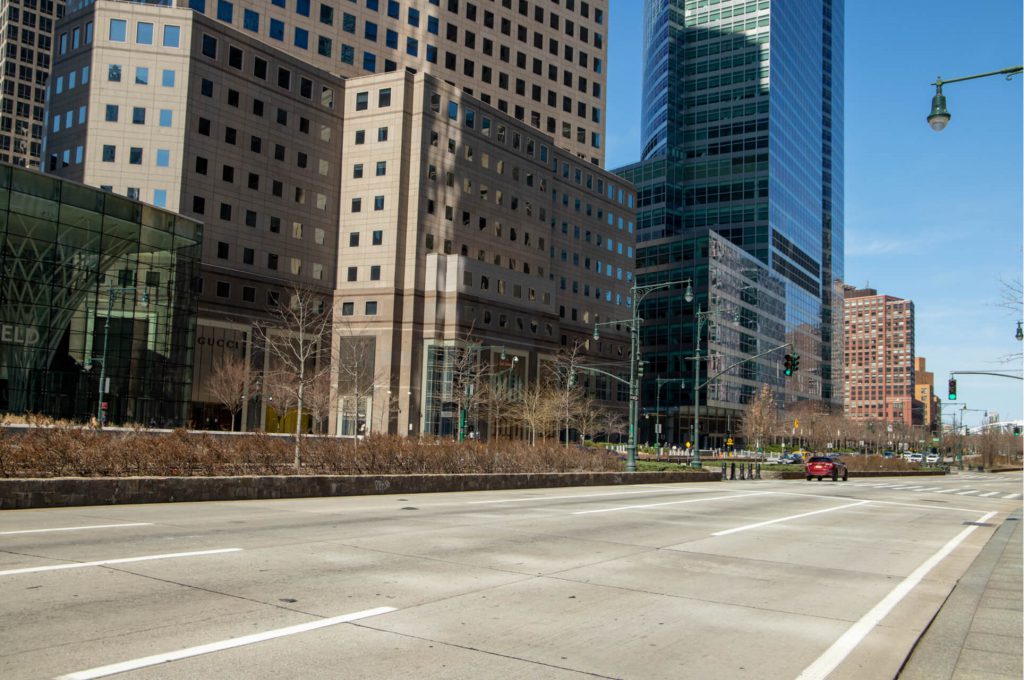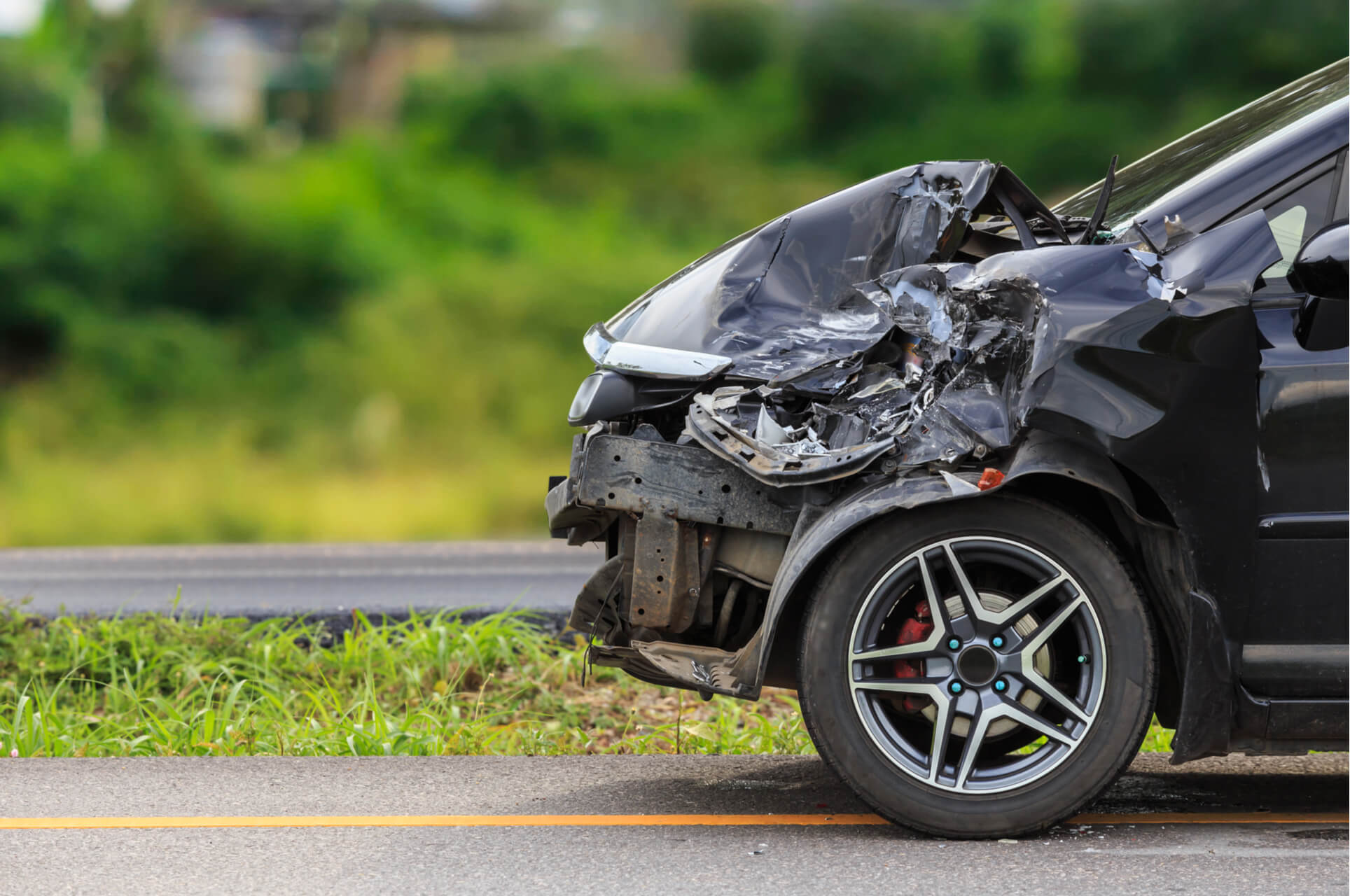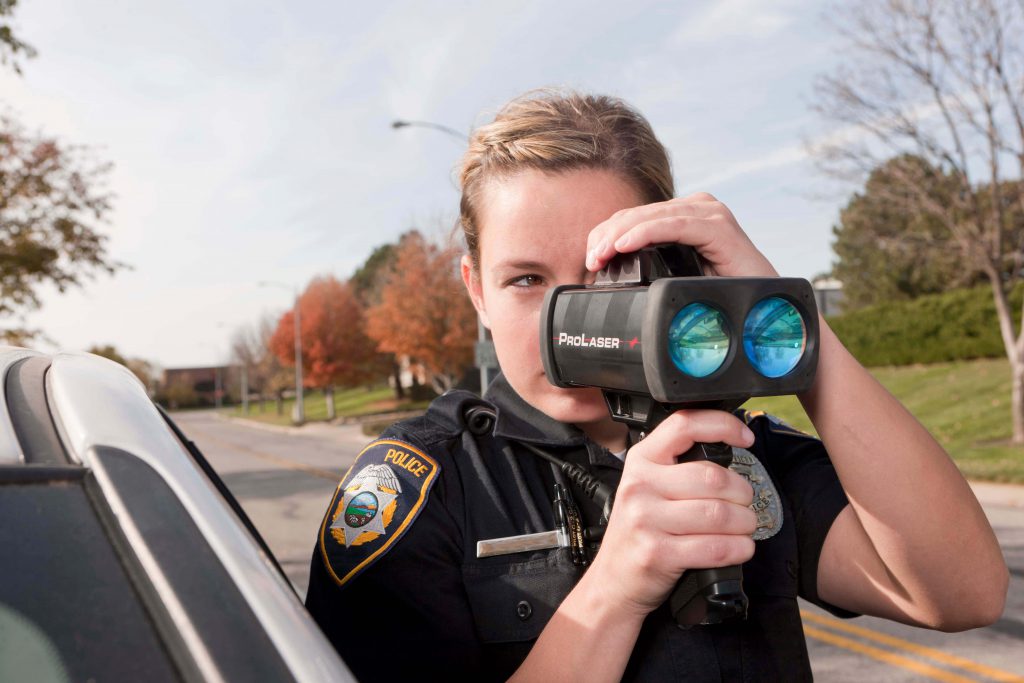In the first few weeks of the COVID-19 lockdown, the roads and highways were almost unrecognizable. Usually bursting with traffic as commuters made their way to and from work, many streets were all but empty, save for the occasional essential worker heading to the hospital.
It made sense: many businesses were closed and most of us were expected to work (and stay) at home.
Why, then, did we see such a dramatic increase in speeding-related deaths?
The early days

Way back in March 2020, the news broke that the US would be going into a nationwide lockdown that affected 96% of the population. Some met this with fury, others with reluctant acceptance, but the fact remained that the stay-at-home order was enforced across the country. As a result, the roads cleared in a way that most of us had never seen.
Initial statistics were breathtaking: Nebraska revealed that in a single week traffic volume dropped by 35%, while in parts of California this reached 55% on some of the highways. Initial assumptions from this data would suggest that, due to decreased traffic, there would be fewer collisions which seemed to be the case in some states. California, for example, saw a 50% reduction in collisions.
But this is not to say that there were not speed-related infractions across the US. In Colorado, one motorist was pulled over for having reached speeds of 128mph in a 55mph zone.
A devastating ratio

In late March 2020, speed cameras in the city of New York issued 24,765 speeding tickets in a single day, close to double the daily average in February despite fewer cars being on the road. In the same vein, Minnesota saw more than double the crashes and crash-related deaths for the same time frame in previous years, with nearly half the deaths due to negligent or dangerous driving.
Other states reported fewer crashes overall, yet these crashes resulted in higher casualties. Deaths from car crashes increased in Massachusetts,while car-related pedestrian deaths rose in Nevada and Rhode Island.
The most likely explanation for this widespread chaos is that, due to there being fewer cars on the roads, drivers have been feeling emboldened and have taken advantage of the open spaces, forgetting that the speeding laws are to ensure safety irrespective of the quantity of traffic.
One year later

As we pass the one-year mark since the beginning of COVID-related restrictions on movement, we have more statistics to review, and they make for grim reading.
Figures show that 2020 saw an estimated 42,060 car-related fatalities across the US: the highest amount of fatalities on the road in 13 years, and an average increase in deaths of 24% compared to 2019.
This spike represents the largest increase in crash-related deaths since 1924, when records began. When it is considered that the automobile industry truly took off in the 1920s, it could be argued that this past year has been the deadliest year for drivers and pedestrians alike since the dawn of the car.
It cannot be denied that speeding has become a nationwide disaster in its own right, but what can be done to prevent any further preventable deaths as we continue into the new normal?
Zero Traffic Deaths by 2050?
Further spurred by the tragic events of 2020 and early 2021, the non-profit organization the ‘National Safety Council’ has launched the Zero Traffic Deaths movement that aims to eradicate deaths on the road by 2050. The measures required to achieve this include lowering speed limits, banning all cell phone use while driving, and introducing detailed programs relating to pedestrian and cyclist safety.
As businesses reopen and people begin to return to the office, the fear is that the learned driving habits of 2020 will remain even as the roads fill once more. With regard to the statistics previously shown, if this trend continues, it is possible that we will see unprecedented accidents that could prove more horrifying.

At Kustom Signals, we are committed to delivering products that are designed to keep our roads safe for both pedestrians and drivers alike, while making the task easier for law enforcement. If you feel your department could benefit from tools to protect your communities, please visit our product pages for more information on the equipment we can provide to help

